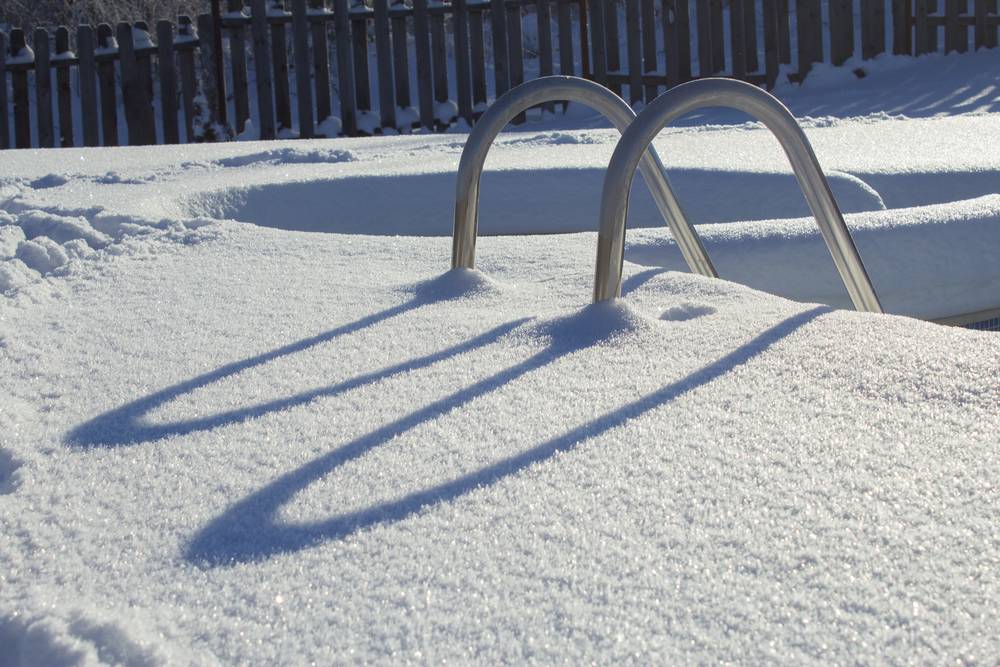- Apr 5, 2022
- 95
- Pool Size
- 22000
- Surface
- Vinyl
- Chlorine
- Salt Water Generator
- SWG Type
- Hayward Aqua Rite (T-15)
I don't know how I missed this but I'm just now reading about the 180 minute cycle that the Hayward's go on. So if I understand correctly in my mind, the aquarite cell % is really only doing 2 things....its either on at 100% or its off.....it doesn't half production to 50% as an example, it would just run at 100% for an hour and a half, and then turn off the remaining hour and a half. Am I understanding that right? That probably answers my power question above meaning when it was shut off it probably would be producing close to 0 watts.
The one thing I'm a little confused about is the reverse polarity. So let's say I set it at 50% speed and leave it on 24/7. Which of the following happens:
Scenario A
12:00 to 1:30 am - 100% turned on
1:30 am to 3:00 am - 0% off
reverse polarity starts
3:00 am to 4:30 am - 100% turned on
4:30 am to 6:00 am - 0% off
repeating that cycle
Scenario B
12:00 am to 1:30 am - 100% turned on
1:30 am to 3:00 am - 0% off
reverse polarity starts
3:00 am to 4:30 am - 0% off (off for 3 straight house here)
4:30 am to 6:00 am - 100% turned on
reverse polarity starts
6:00 am to 7:30 am - 100% again (running for 3 straight hours here)
The one thing I'm a little confused about is the reverse polarity. So let's say I set it at 50% speed and leave it on 24/7. Which of the following happens:
Scenario A
12:00 to 1:30 am - 100% turned on
1:30 am to 3:00 am - 0% off
reverse polarity starts
3:00 am to 4:30 am - 100% turned on
4:30 am to 6:00 am - 0% off
repeating that cycle
Scenario B
12:00 am to 1:30 am - 100% turned on
1:30 am to 3:00 am - 0% off
reverse polarity starts
3:00 am to 4:30 am - 0% off (off for 3 straight house here)
4:30 am to 6:00 am - 100% turned on
reverse polarity starts
6:00 am to 7:30 am - 100% again (running for 3 straight hours here)



